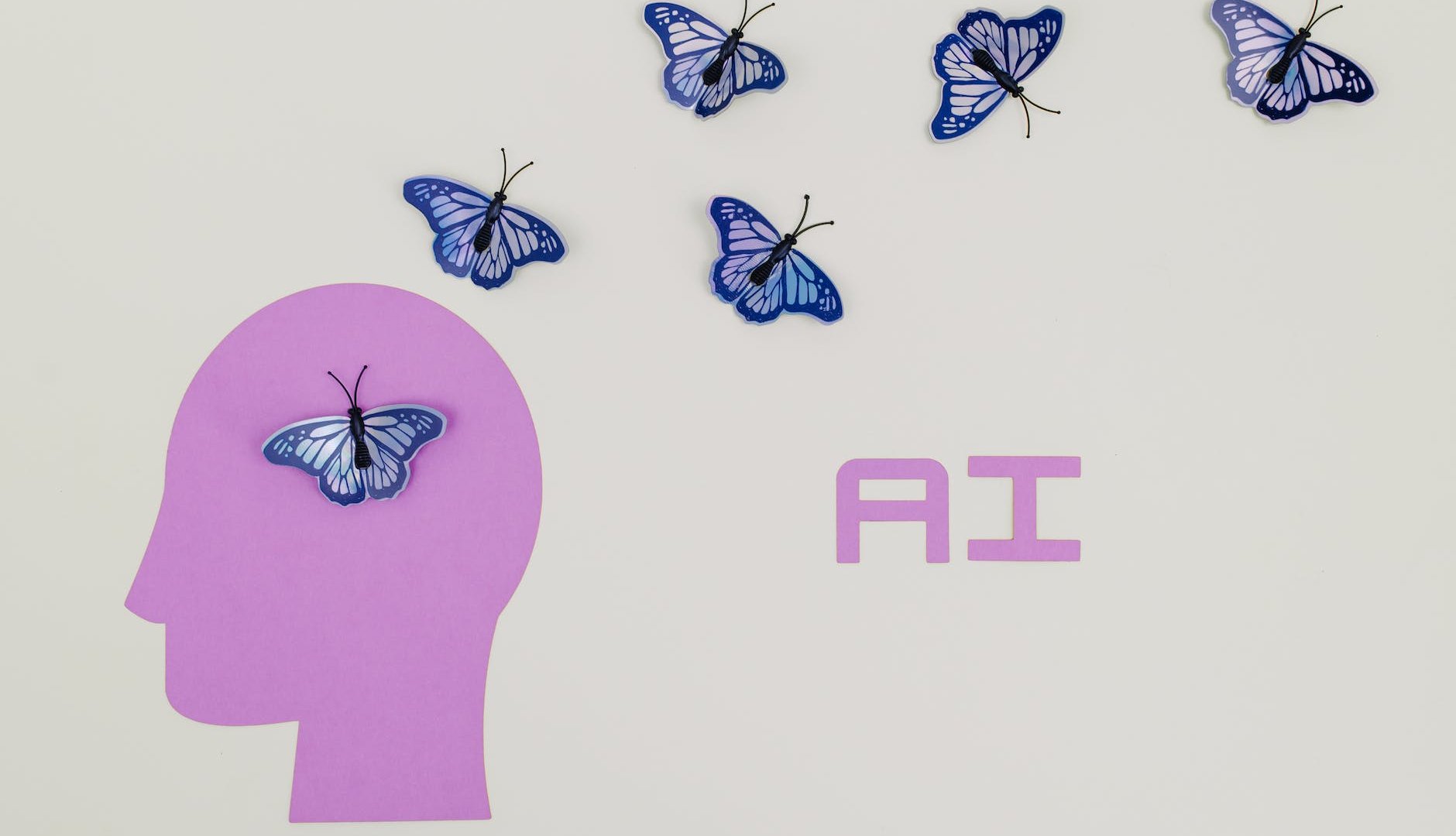

Artificial Intelligence (AI) is no longer a futuristic concept—AI technologies have become an integral part of the digital landscape. Within the realm of AI, generative AI applications have gained prominence, capable of creating content, art … and even code! While these AI systems are technically impressive, they lack a critical element, the human touch. This is where design thinking comes into play. This article explores the synergy between design thinking and generative AI, and how they need each other to humanize technology.
Generative AI, a subfield of artificial intelligence, focuses on teaching machines to generate content autonomously. Whether it’s generating text, images, music, or even code, generative AI can create intricate and valuable output. While the technical prowess of these systems is undeniable, they often lack understanding and empathy for human end-users.
This is where design thinking, a human-centered approach to problem-solving, plays a pivotal role. At its core, design thinking is all about creating innovative and empathetic solutions by delving deeper into users’ needs, challenges and expectations. It adds a human touch to technology, ensuring that AI applications are attuned to the user’s perspective.
“The synergy between design thinking and generative AI is not just a partnership; it’s a transformative journey toward technology with empathy and understanding.”
So, how does design thinking contribute to Generative AI?
Empathy and Ethical Considerations
Design thinking is all about putting the user’s needs first, which means empathy is absolutely essential. To get a truly deep understanding of what users want and need, designers need to tap into their empathy and really put themselves in their shoes. Empathy is the secret sauce of design thinking, and it’s what helps designers create products and services that are truly responsive to user needs and goals
By embracing empathy, design thinking ensures that diverse perspectives and values are considered, which is crucial for developing ethical solutions that meet the needs of all stakeholders. It encourages AI developers to consider ethical implications, ensuring that AI-generated content aligns with ethical standards and values. This is crucial in addressing potential biases and privacy concerns.
Iterative Prototyping and User Testing
Design thinking promotes the creation of prototypes and iterative development, , followed by testing the prototype with users. For generative AI, this means continuously assessing user experiences and fine-tuning AI outputs to align with user expectations, producing more accurate and effective outputs.
Human-Centered Innovation
Design thinking plays a crucial role in the innovation process by prioritizing human needs and experiences. And it’s not just about finding creative solutions – design thinking also helps with framing problems in a way that helps teams understand the root cause and develop effective solutions.
As generative AI continues to evolve, it becomes increasingly important to infuse it with empathy, understanding, and human-centered design. Design thinking serves as the bridge between the technical brilliance of AI and the emotional intelligence of humans. It’s the missing piece that can turn generative AI into “AI with heart” creating content and solutions that are not only efficient but deeply resonate with people.
Published by
About our partner

Spring2 Innovation
About Spring2 InnovationWe are innovators that inspire unlimited thining. Driven by curiosity, creativity, and empathy we love experimenting and making an impact. Seeing the lightbulb go off for our clients when they break through their perceived limitations is what drives us. We remove barriers for governments and businesses to help them become limitless and #DoUnlimited.What We DoWe provide innovation training, coaching, and consulting for governments and businesses who want to innovate better and get processes, policies, products, and services to market faster and more successfully.
Learn more
































